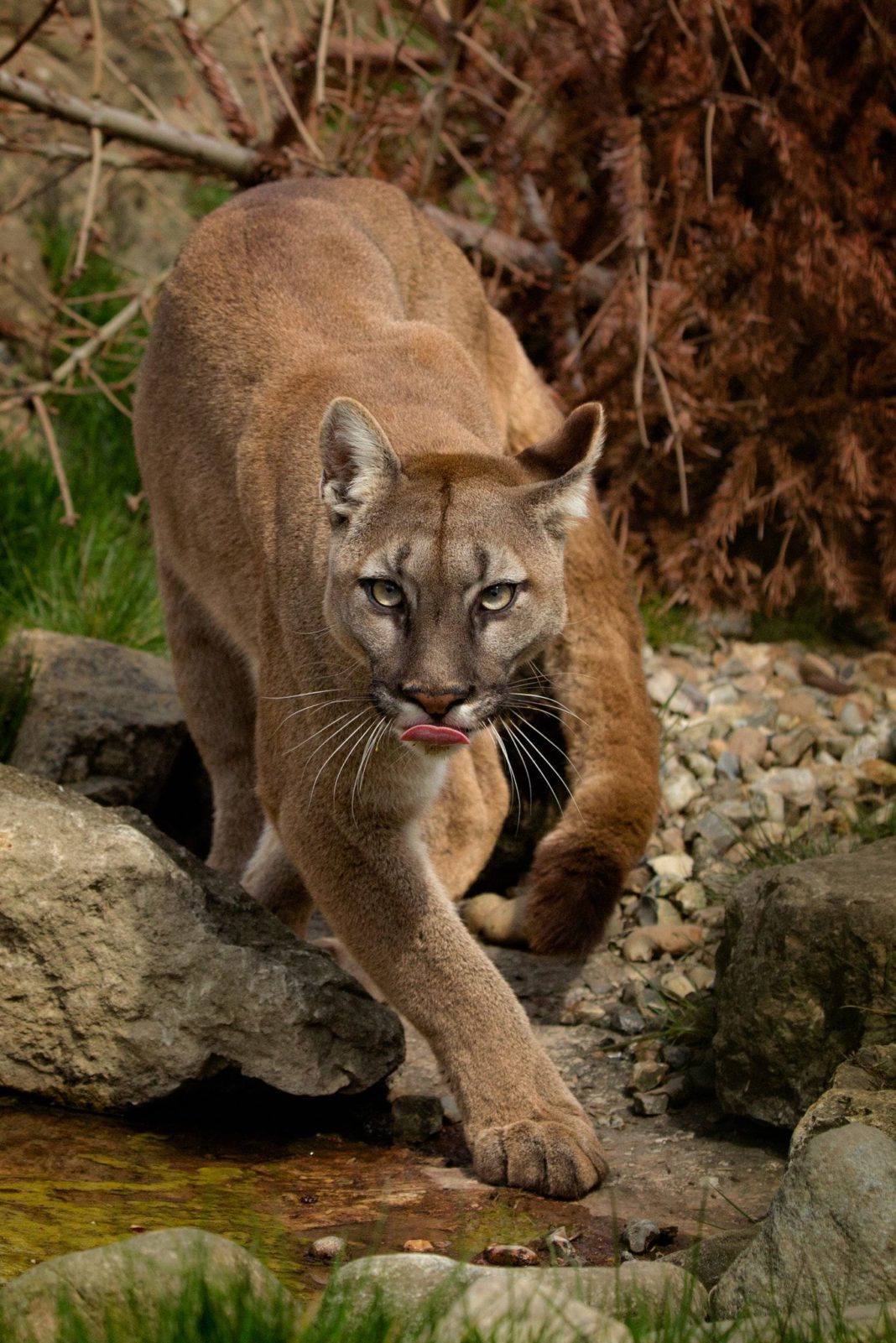SANTA MONICA—A rare skin disease that has been contracted by a local mountain lion has researchers determined to discover if rat poison could be the cause and other health problems in local mountain lions and bobcats.
In February, biologists from the National Park Service recaptured P-53, a 3 1/2 year-old mountain lion who resides in the Santa Monica Mountains and was given a new GPS collar. When captured, P-53 was diagnosed with a rare skin disease known as mange. Mange is a parasitic disease which affects the hair and skin.
She was given flea treatments and sent back into the wild. According to the National Park Services, P-53 will still be monitored. Researchers are still waiting to see the results of a blood test to determine if P-53 was exposed to rat poison.
According to the NPS, mange is a rare disease among mountain lions. Only five mountain lions have contracted the disease in the past 17 years. Two of the five mountain lions, P-3 and P-4 died of rat poisoning.
Since 2002, there has been an upsurge in mange cases among local bobcats leading to a major decline in the bobcat population. Research has shown that bobcats who have ingested rat poison are likely to contract severe mange.
The NPS indicates in a press release that the connection between rat poison and mange is still “not fully understood.”
In the fall of 2017, P-41 an adult male mountain lion was found dead near the Verdugo Mountains. The cause of death was determined inconclusive by researchers but, it was found that he had several types of rat poison in his system.
Biologists of NPS and researchers from UCLA are currently conducting studies to discover the correlations between the ingestion of rat poison and mange.






